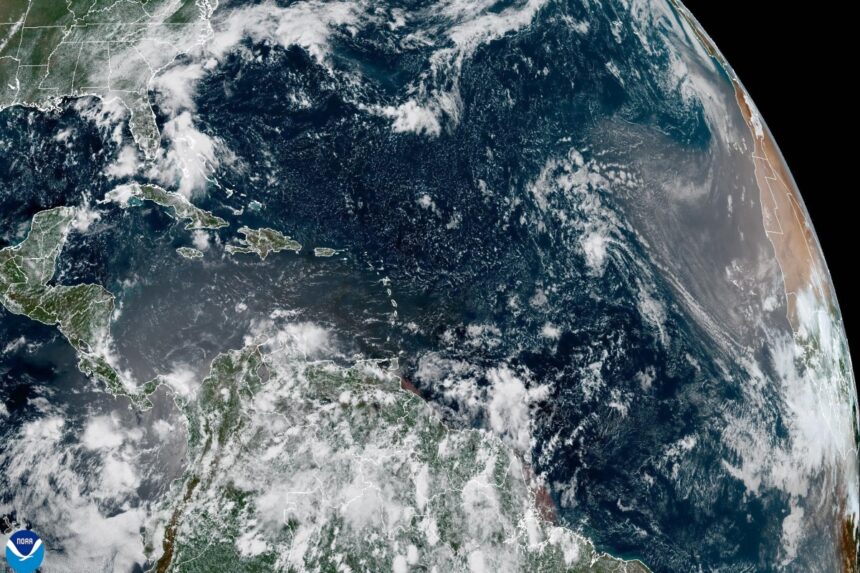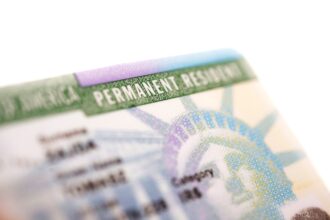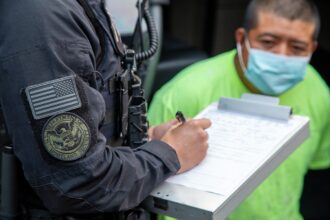The National Hurricane Center(NHC) reports that Tropical Storm Erin, which has emerged in the Atlantic, could intensify into a hurricane by Thursday, possibly becoming a major hurricane (Category 3 or higher) before the weekend. Although its exact path is uncertain, the risk of it approaching Puerto Rico has increased considerably.
Erin is currently in the eastern Atlantic, approximately 750-820 miles west of the Cape Verde Islands, moving with sustained winds of 45 mph and westward speed of about 20-23 mph. The environment in the Atlantic Ocean-with warm waters, high humidity, and favorable atmospheric conditions-could allow for rapid strengthening. Erin is projected to become the first significant hurricane of the season before approaching the Lesser Antilles or the Caribbean, including Puerto Rico. Although some models suggest a northeasterly path that would avoid a direct impact on the island, others keep its northern approach open.
Cyclonic season active in Puerto Rico
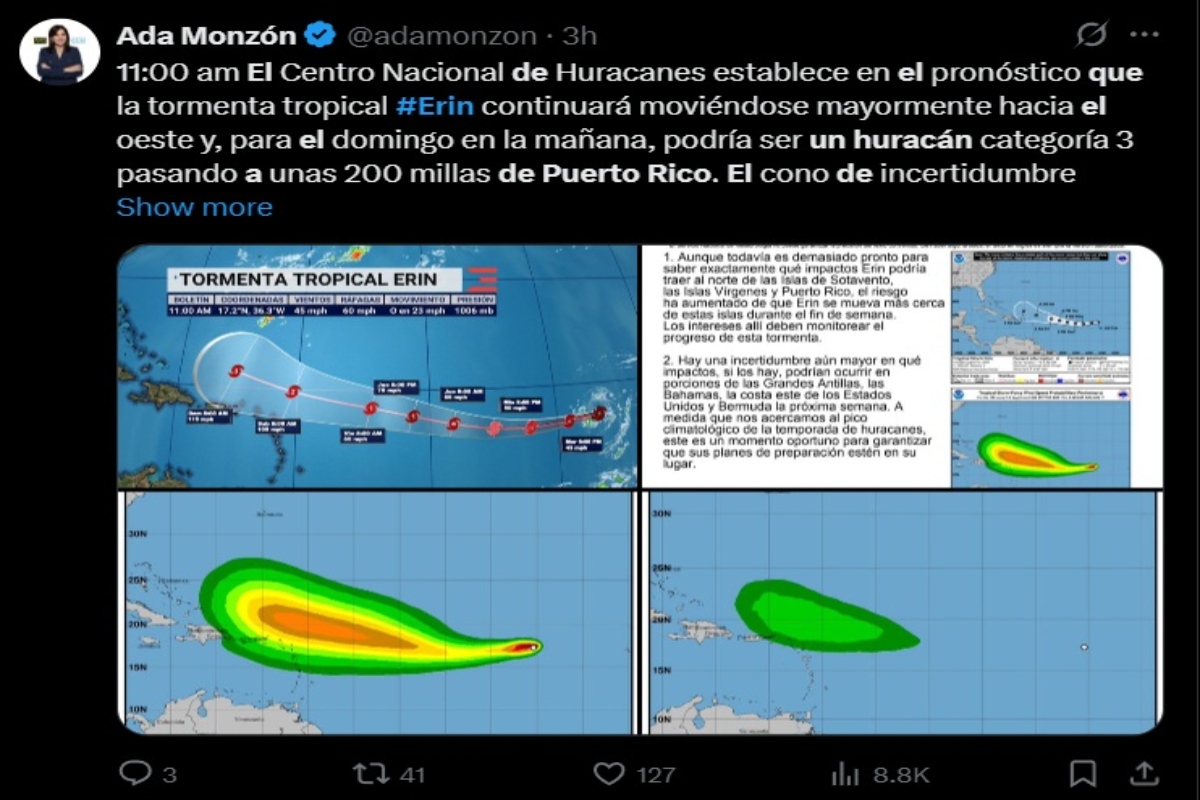
NOAA and other weather agencies are forecasting an above-average season for the Atlantic this year.
Between 13 and 19 named storms are expected, of which 6 to 10 could become hurricanes.
From 3 to 5 could reach a higher category.
Currently, Erin is located in the eastern Atlantic
QuéOnnda.com
In Puerto Rico, projections indicate that between 14 and 18 storms could directly or indirectly impact the island.
With up to nine hurricanes and at least three major hurricanes (category 3 or more).
Recommendations for Puerto Rico
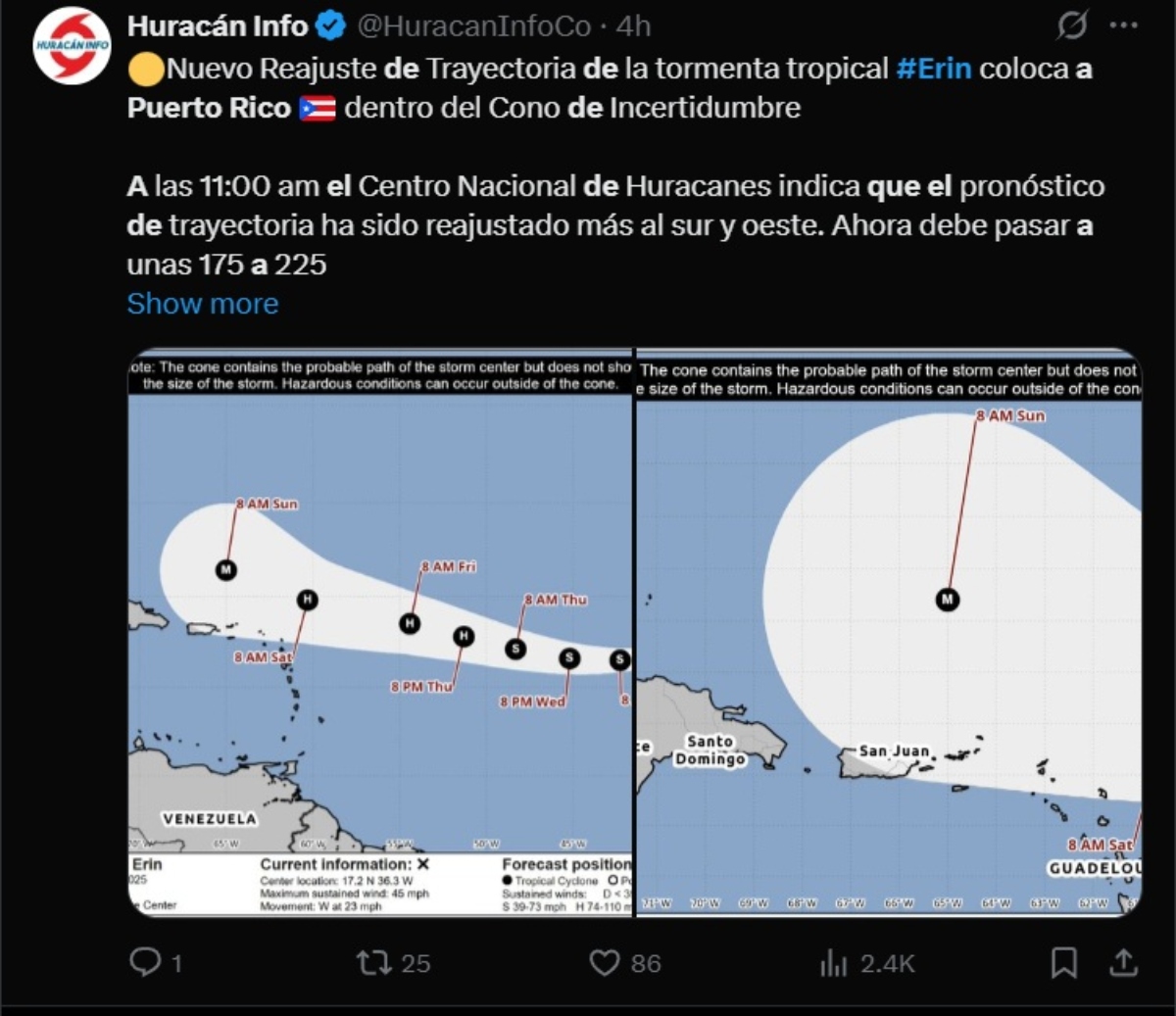
Advance Preparedness
With the possible approach of Erin and an active season, it is crucial that Puerto Rican residents have an emergency plan in place:
Evacuation routes, meeting points, and access to safe shelters.
Updated insurance and documentation
Review and update insurance policies – including flood insurance – and keep documents and money in waterproof containers and digital copies.
Constant vigilance and community preparedness
Keep informed with official sources such as the NHC, local meteorology, and emergency authorities.
Puerto Rico should be prepared for indirect impacts such as heavy rains, coastal flooding or surge effects, even if Erin does not make direct landfall.
For more information, visit QuéOnnda.com.



